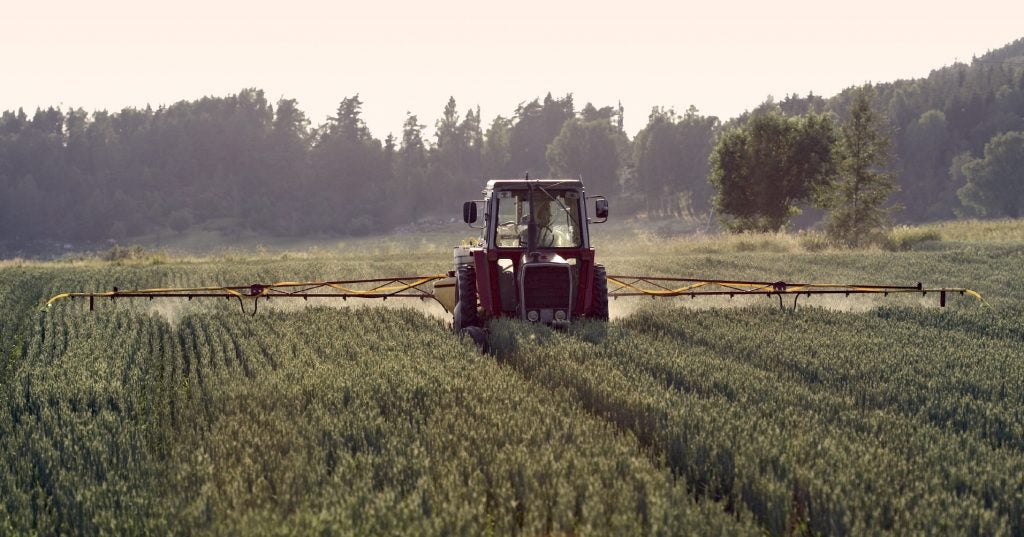Anticipating sharp declines in 2021 farm profitability, experts suggest cost savings from fertilizer efficiency
Farmers across the country may not see profitable conditions for some time as the effects of COVID-19 suppress already meager profit margins.
Projections from the University of Illinois and the University of Missouri show that farm profits could fall significantly in 2021, and economists are recommending farmers examine fertilizer application and tillage passes for the potential to provide highly needed cost savings.
Farmers face unprecedented economic challenges in 2021
Ag economists offer a bleak forecast for 2020 and 2021 U.S. farm profits, based in large part on depressed corn prices resulting from record production and COVID-19 impacts, including reduced demand for ethanol and broad supply chain disruptions.
The University of Missouri Food and Agriculture Policy Research Institute (FAPRI) estimates that U.S. net farm income in 2020 will drop $3 billion, from $93.6 to $90.6 billion, even after record government payments of $33 billion. By 2021, FAPRI estimates that U.S. net farm income will drop below $80 billion, before any government support programs might kick in.
At the farm level, the University of Illinois projects that average per acre returns on corn in Illinois could go deep in the red — from a profit loss of $9 in 2019 to a loss of $64 in 2021. On soybean acres, Illinois farmers could see per acre declines from a profit loss of $19 in 2019 to a loss of $26 in 2021.
Government payments kept farm profits from flatlining over the last two years in the face of extreme flooding and trade disputes. Given growing uncertainty on what 2021 will bring, including uncertainty on the level and timing of federal assistance, university economists suggest farmers start by taking a close look at their books and considering whether there are savings to be generated in nutrient management and tillage practices.As farmers face cost-cutting decisions, university economists suggest fertilizer efficiency and reduced tillage are good places to start. Share on X
“Given 2021 revenue projections, costs will have to be reduced to reach a breakeven return level,” wrote University of Illinois experts on a weekly farm economics report. “All production inputs should be scrutinized, but we suggest a particular focus on fertilizers applied and number of tillage passes.”
A farm budget line item ripe for cost savings
Nitrogen fertilizer is a farmer’s most expensive input. But in any given year, less than half of it is absorbed by the plants — that’s money lost for farmers operating on razor-thin margins.

Improving nutrient management has proven to be an effective way to cut operating costs with the added benefit of improving water quality. But it’s not as commonplace as one might expect.
Precision Conservation Management (PCM), a farmer conservation service program of the Illinois Corn Growers Association, found that many farmers over-applied nitrogen in an analysis they conducted between 2015-2017. That’s because many farmers see over-applying nitrogen fertilizer as an insurance policy for boosting yields.
However, data from PCM show that over-applying nitrogen does not lead to higher yields. In fact, the excess nitrogen harms both the environment and farmers’ bottom lines.
To measure the financial implications of poor nutrient management, PCM and the University of Illinois measured the cost of applying nitrogen fertilizer above the maximum return to nitrogen (MRTN) on corn acres among its member farmers. MRTN represents the nitrogen application rate at which the farmer receives their greatest financial return.
The analysis found that every 10 pounds of nitrogen applied over MRTN represented a wasted cost of between $3.7 and $5 per acre depending on the type of fertilizer applied. The research shows that, for example, a farmer applying 50 pounds of nitrogen per acre above MRTN would incur an excess cost of $25 per acre — costs that farmers cannot afford, especially given the 2021 outlook.
A nitrogen balance framework that can save farmers money
My EDF colleagues have developed a framework for nitrogen balance, or N balance, that measures the difference between nitrogen added to a farm field and the nitrogen removed during harvest. The remaining nitrogen — measured as the N balance score — is vulnerable to loss, both in term of dollars and in terms of runoff that can contaminate local drinking water.

N balance data gathered by EDF’s crop consultant and ag tech partners in 2019 show that as many as 46% of farmers in some Midwestern states have an N balance score above the scientifically determined “safe zone” — a range of N balance scores in which a farmer is optimizing yields, minimizing excess nutrients and protecting long-term soil health.
Using university extension estimates of nitrogen fertilizer prices in each of the states assessed during the 2017-2020 growing seasons, EDF estimated that average excess nitrogen costs above the N balance safe zone were $14.46 per acre in Iowa, $23.90 in Michigan, $16.30 in Missouri and $40.00 in Kansas.
Eliminating these excess costs presents a huge opportunity for farmers to mitigate at least some of the financial risks projected for 2021 and the years ahead.
As poor economic conditions continue to depress crop prices and farm profitability, improving fertilizer efficiency is a critical first step to protecting farm budgets and building resilience for the future.










